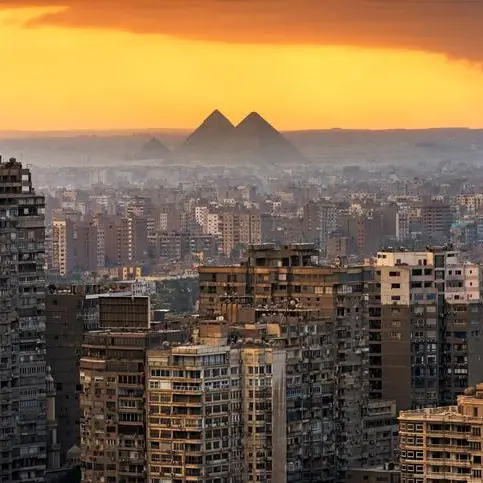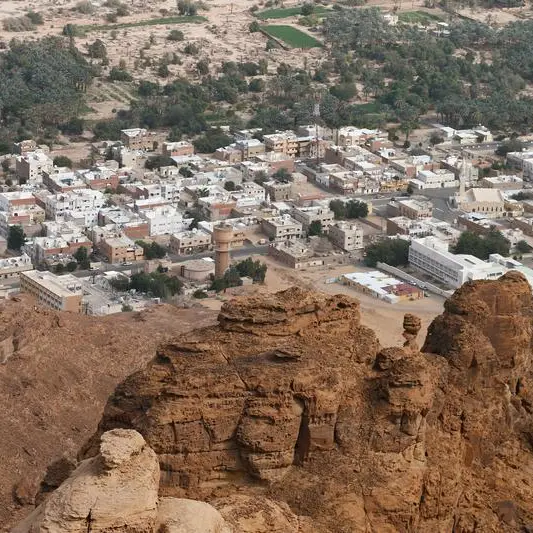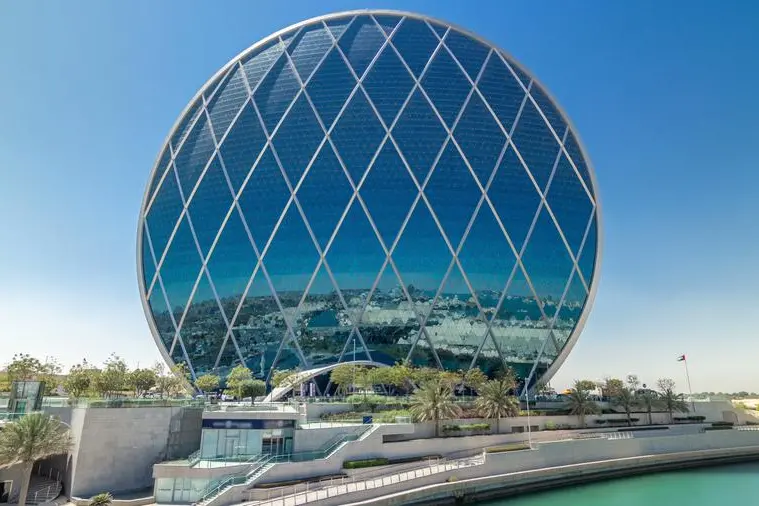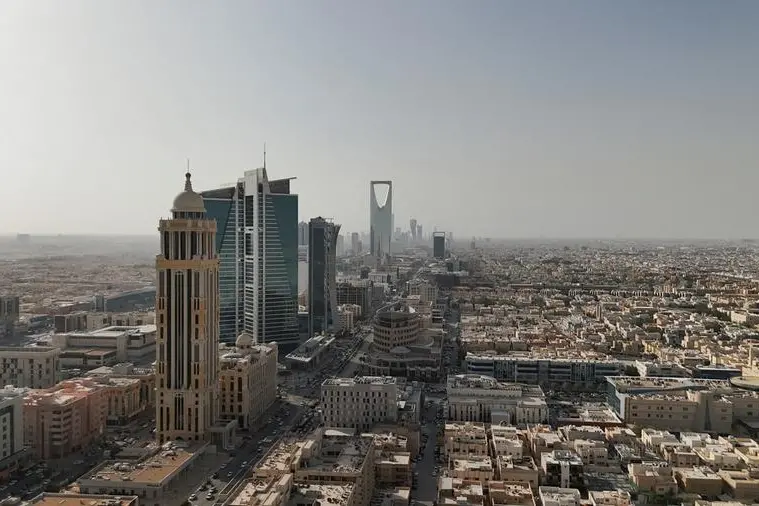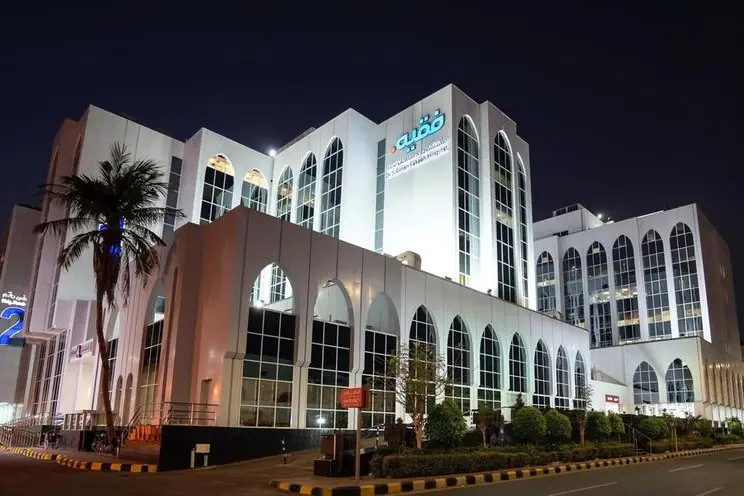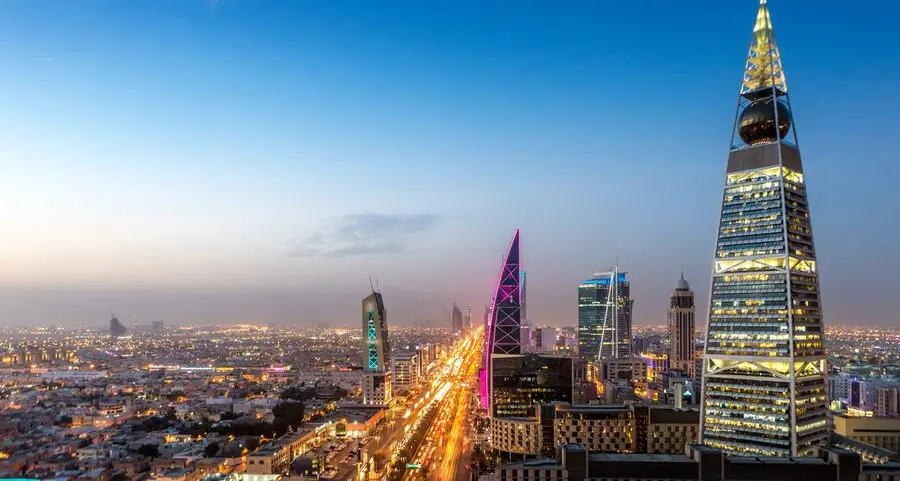AMMAN - Four new nature reserves will be created in the Jordan Rift Valley as part of a pioneering JD13 million project launched Sunday.
The Integrated Ecosystem Management (IEM) in the Jordan Rift Valley project also provides for the establishment of enterprises intended to improve living conditions of the area's inhabitants.
The reserves will be created by the Royal Society for the Conservation of Nature (RSCN) over a total area of 570 square kilometres in the Yarmouk River basin in the north, Fifa in Ghor Safi, Qatar and Jabal Masuda in Wadi Araba in the south, said RSCN Director General Yahya Khalid.
Khalid said these locations were selected due to their unique ecosystems and for being home for threatened species.
In addition, seven special conservation areas will also be established along the Jordan Valley to promote environmental tourism, Khalid said.
Meanwhile, Jordan Valley Authority (JVA) Secretary General Moussa Jamaini said the authority, though not a partner in the scheme, supports all projects seeking to upgrade the valley's environmental situation and positively impact the public health safety.
He underlined major non-environment friendly practices harming the region's ecosystem, such as burning of plastic material near farms thus increasing levels of carbon dioxide and jeopardising people's health.
He added that farmers tend to dispose of animal waste around livestock and poultry farms, leading to major problems that affect health and tourism in the valley, including foul smell and insects.
Jamaini noted that the JVA, in cooperation with the Ministry of Planning and International Cooperation, is currently carrying out a study on the valley's tourist attractions such as Mount Nebo, the Baptism Site and Mkawer, to devise plans to upgrade them and subsequently render them more attractive to tourists. The study is set to be complete within two months, he told The Jordan Times.
The IEM launched yesterday is a holistic and participatory approach to land use which manages the ecological, social and economic components of ecosystems to ensure that biodiversity and the ecological processes are sustained under development pressure and social change.
The project, to be implemented by the RSCN over a six-year period, is a multifold initiative also designed to draw up guidelines for the land use master plan and develop strategic mechanisms to ensure the sustainability of financial resources supporting the current and future environment-related projects and programmes.
The new project also aims to conduct research on the impact of climate change on the country's biodiversity.
"So far, all that has been said on the effect of climate change on the country's biodiversity is theoretical. What we really need is more scientific data examining the impact of climate change on the country's ecosystem," Khalid told The Jordan Times yesterday.
According to RSCN literature, the Kingdom is vulnerable to climate change. Features of anticipated climate change include an increase in temperature by 1-2 degrees Celsius by 2030-2050, an increase in evaporation, a diminishing of aquifers and oases, projected shrinking in the total area of grasslands currently standing at 10 per cent of the country's total area, and a shift from semi-arid lands, extending over 80 per cent of the country's lands, into arid deserts.
Being a land bridge between Africa, Europe and Asia, the Jordan Rift Valley annually attracts millions of migrating birds, which necessitated creating an attracting yet safe habitat for these birds, Khalid said.
He added that because the valley hosts rich natural resources and is home for the most productive agricultural lands in the Kingdom, the area became a hub for investments in tourism and infrastructure, thus threatening environmental and cultural heritage and depleting natural resources.
The Global Environment Facility donated some $6.51 million for the project, while different institutions and government agencies provided the rest of the amount.
The Ministry of Environment will be responsible for monitoring the project's progress and the Environmental Police Department will supervise the enforcement of the reserves' regulations.
Meanwhile, the Jordanian Hashemite Fund for Human Development, which has a network of community development centres in the Jordan Valley, will prepare a community-driven conservation plan to train local residents on necessary skills to start small projects to enhance their socio-economic status.
Most of these areas' residents depend on raising cattle and agriculture, according to the officials present at the launch, who said the training will focus on these areas.
11 reserves by 2013
AMMAN (JT) - With the four nature reserves to be set up in the Jordan Valley by the Royal Society for the Conservation of Nature, the Kingdom will be home to 11 such sanctuaries by 2013. The existing seven reserves, according to RSCN, are:
• Dana: Rugged mountains, spanning the edge of the Rift Valley. Mediterranean forest, steppe and true desert, spectacular views, hiking and camping, Guesthouse and Wilderness Lodge.
• Azraq: Restored oasis in the Eastern Desert. Important wetland for migrating birds. Boardwalks, bird hide and a visitors centre.
• Shomari: Captive breeding centre for Arabian Oryx and other endangered desert species. Oryx safari and camping available.
• Mujib: Arid sandstone mountains bordering the Dead Sea. Free-flowing rivers in deep gorges. Home for Nubian Ibex. Hiking and camping. Water canoeing and rappelling along the rivers.
• Ajloun: Evergreen oak forest. Rich in spring flowers and woodland birds. Home for Roe Deer. Walks and camping.
• Wadi Rum: Sheer sandstone and granite mountains in sand and gravel desert. Spectacular scenery, bedouin culture, colourful rocks. Vehicle and camel tours. Hiking, climbing and camping.
• Dibbeen Forest: It was designated as a nature reserve in 2004. The reserve allows vistas and forest walks.
By Hana Namrouqa
© Jordan Times 2007



